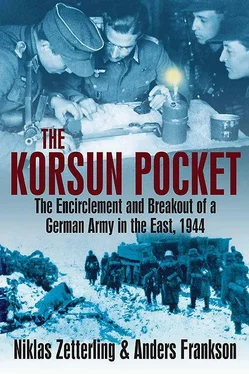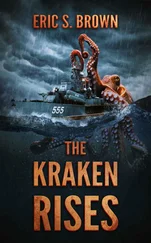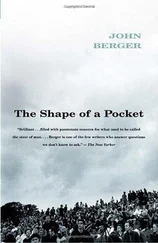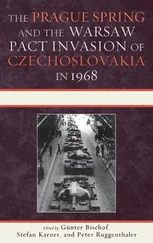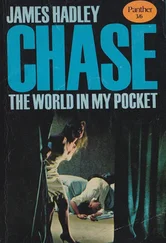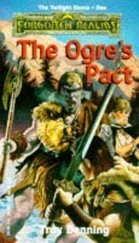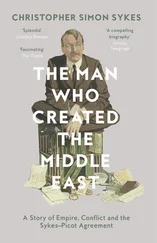Zhukov smiled cunningly: “You will have to prove that your army can fulfil its mission even without the 8th Mechanized Corps. By the way, the powerful offensive by Zhadov’s army will support your attacks, as the enemy will have to divert forces from the southern and southwestern sector to the northwest.”
Rotmistrov thought that Zhukov seemed friendly toward him. His stern face seemed to soften and show a bright smile:
“The commander or soldier who does not endeavour to achieve victory first is bad. I like healthy ambition.” 30
The battle raged on over the following days, with attacks followed by counterattacks. However, it was clear that the Germans fought for their survival. Soon Soviet forces reached the outskirts of Kirovograd. The Germans began to demolish important parts of the city before finally leaving it on 8 January. Konev was not satisfied with the liberation of Kirovograd. He maintained the pressure on the Germans and gradually his troops pushed forward. However, Konev did not advance quickly. When the battle finally petered out on 19 January, his front had not forced the Germans back more than about 40 kilometers.
The results of the battle at Kirovograd were perhaps meager, but combined with the gains made by Vatutin’s 1st Ukrainian Front, they offered the Red Army a chance to encircle a major German force, something which had not been accomplished since von Paulus’ 6th Army was surrounded at Stalingrad. In fact, already while the battle at Kirovograd was raging, Soviet planning for an encirclement operation was initiated. However, it was unclear if the Soviet offensive would be launched before von Manstein was ready to execute the counterstroke he was planning under the code name “Watutin.”
CHAPTER 3
Planning, Preparations, and Readiness
Vatutin’s offensives in the Kiev area, together with Konev’s attacks near Kirovograd, left a German salient centered around the small town of Korsun, about 120 kilometers southeast of Kiev. It was a tempting target for the Red Army commanders. Two German corps could be encircled by a two pronged attack, launched at the respective sides of the salient. Vatutin’s 1st Ukrainian Front could attack from the northwest and Konev’s 2nd Ukrainian Front from the southeast. The Stavka issued a directive to the two fronts on 12 January, instructing them to prepare an operation to cut off the German forces around Korsun, which still held to a stretch of the Dnepr between Kanev and Cherkassy.
1st Panzer Army Holds Its Position, 6 January
Quite understandably, the Germans were also aware that the protruding section of the front was very exposed. Already in the afternoon of 6 January, the commander of 1st Panzer Army, General Hans-Valentin Hube, discussed the matter with Field Marshal von Manstein, commander of Army Group South. Hube proposed that his right wing, the XXXXII Corps, should be pulled back to the Rossava River. This would place the corps in a less exposed position and would enable the army to release troops for a counterattack further to the west. In his reply, von Manstein said that the 1st Panzer Army should not count on any approval for withdrawal. Nevertheless, Hube ordered both the VII and XXXXII Corps to make plans for withdrawals. Later the same day, Hube again discussed the matter with von Manstein. The field marshal told Hube that he had previously received orders from above that the positions were to be held under all circumstances. 31
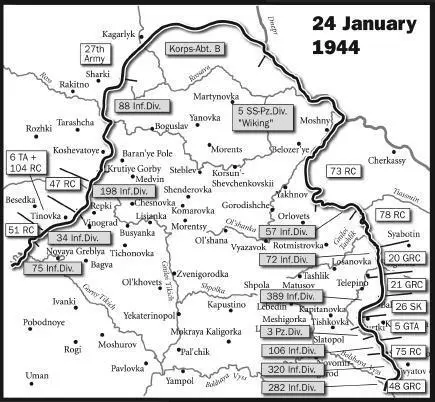
Von Manstein did, however, discuss the issue with the army high command (OKH) and in the meantime Hube spurred the two corps to proceed with their preparations for a withdrawal. Before lunchtime, 1st Panzer Army was notified that OKH had not authorized the withdrawal, but was discussing the matter. Hube seems to have been quite optimistic, but at 14.00hrs on 7 January, the OKH replied in clear terms that any withdrawal was forbidden. This placed 1st Panzer Army in an awkward position. Soviet attacks had opened a gap between VII Corps and III Panzer Corps, and their promised reinforcements had been sent to other armies. This left Hube with no choice but to thin out his frontline to free the forces needed to counterattack the Soviet penetration. 32
This was an obviously risky approach, yet it could conceivably work for the moment. If, however, the Red Army commanders discovered that the front had been weakened, they might well take advantage of it. Unfortunately for Hube, he had only uncertain alternatives to choose from since the best of his options had been forbidden by OKH. The war diary does not make clear whether the order emanated from Hitler, but if it did, it would most likely have passed through the OKH anyway. It seems to have been Hitler’s custom to give few orders in his own name. Since he followed events on the Eastern Front closely, however, it would have been easy for him to ensure that the right wing of 1st Panzer Army was withdrawn, had he wished so.
As the option to withdraw was denied him, it remained for Hube to hope that the forthcoming Operation Watutin would upset the Soviet plans. However, it was unclear if the operation would be launched in time to prevent or weaken the expected Soviet attacks. This was a crucial question, as the threat to the right flank loomed larger. In fact, already on 8 January, a Soviet attack created serious problems for the Germans at the junction between VII and XXXXII Corps. 33On 10 January, both aerial reconnaissance and ground observation detected Soviet reinforcements moving toward this sector, including tanks and motorized units. The Germans believed these observations suggested a shift in the direction of the main Soviet effort, presumably toward Uman. 34The following six days passed without any remarkable Soviet efforts against the two right flank corps of 1st Panzer Army. 35
The first signs of a Soviet buildup appeared on 17 January, when two new rifle divisions and a tank unit equipped with U.S. tanks were identified in front of the VII Corps. The Germans did not judge these forces as sufficient to mount a serious threat, but nevertheless the VII Corps was forced to assume a defensive posture. 36
A particular problem for the VII Corps was an isolated group of Soviet units around Rubanyi Most and Bagva. 37The Germans tried to destroy these forces, but a Soviet attack on 18 January made it difficult to detach the forces necessary. Soviet forces pushed back the 82nd Infantry Division and took Tinovka. Further observations of Soviet reinforcements moving to the Tinovka–Vessely Kut area added to German anxieties. 38The following day, Soviet attacks in the Tinovka–Bashtechki area put strong pressure on the German VII Corps. Even more serious was the situation on the corps’ north flank, where the Red Army attacked them between Krutiye Gorby and Antonovka. The German defenses gave way and the Soviet forces almost reached Krasnogorodka. The 1st Panzer Army interpreted the attack as a clear attempt to break through the German defenses. Poor weather prevented the Luftwaffe from attacking Soviet assembly areas or providing useful reconnaissance. Nevertheless, elements of 82nd Division began to assemble for the mission to eliminate the cut-off Soviet units around Rubanyi Most and Bagva. The attack was planned for 21 January. 39
On 20 and 21 January no significant Soviet attacks hit the German VII and XXXXII Corps, while the Germans proceeded with their preparations for further attacks by III and XXXXVI Panzer Corps. Simultaneously Soviet reinforcements continued to arrive opposite the VII Corps. Temperatures rose slightly and a thaw set in. The 82nd Division continued to pull out of the line, to be sent southwest, but left behind a Kampfgruppe to attack an encircled Soviet force near Tikhonovka. 40
Читать дальше
